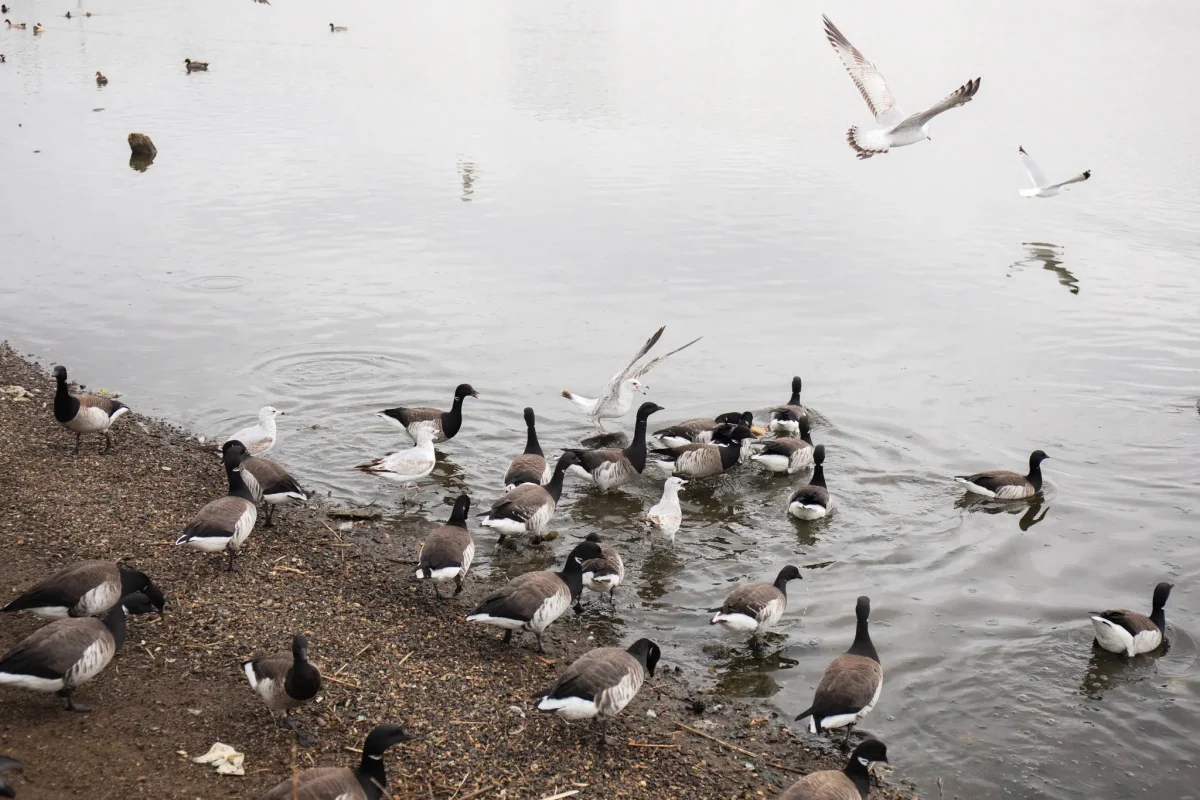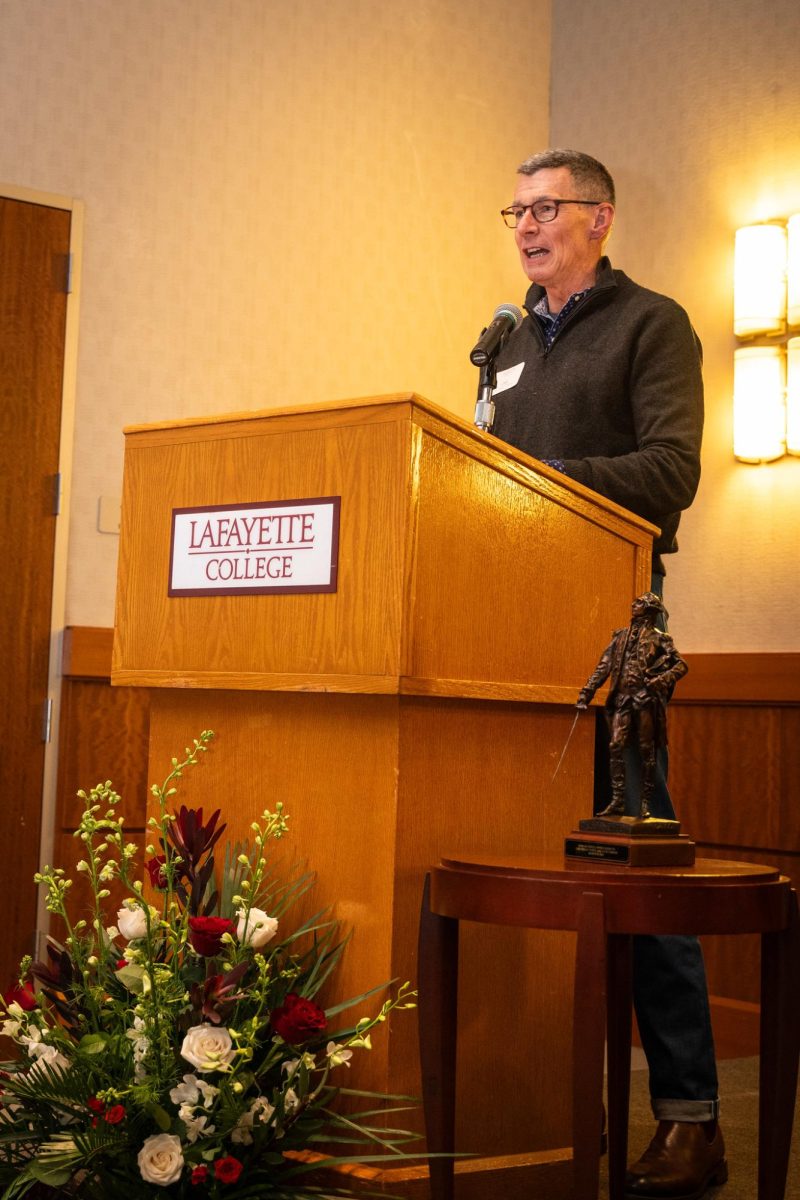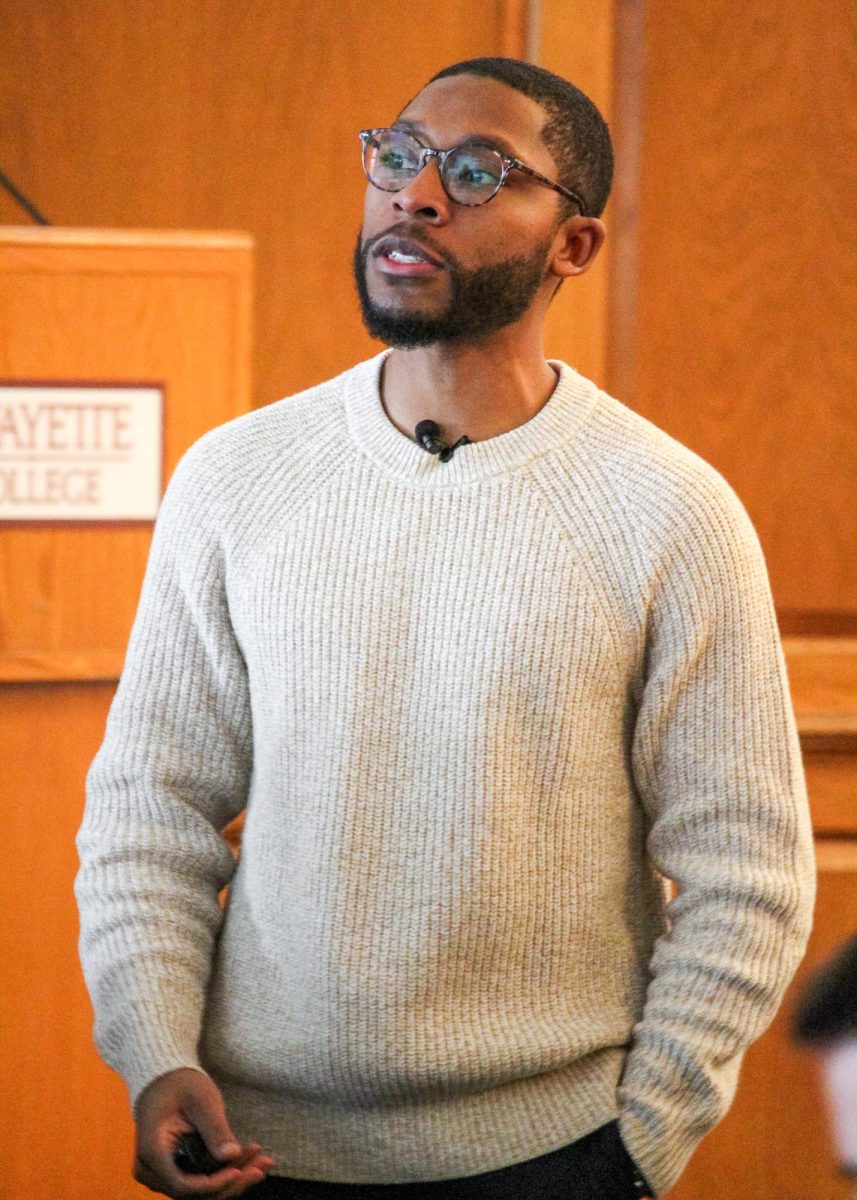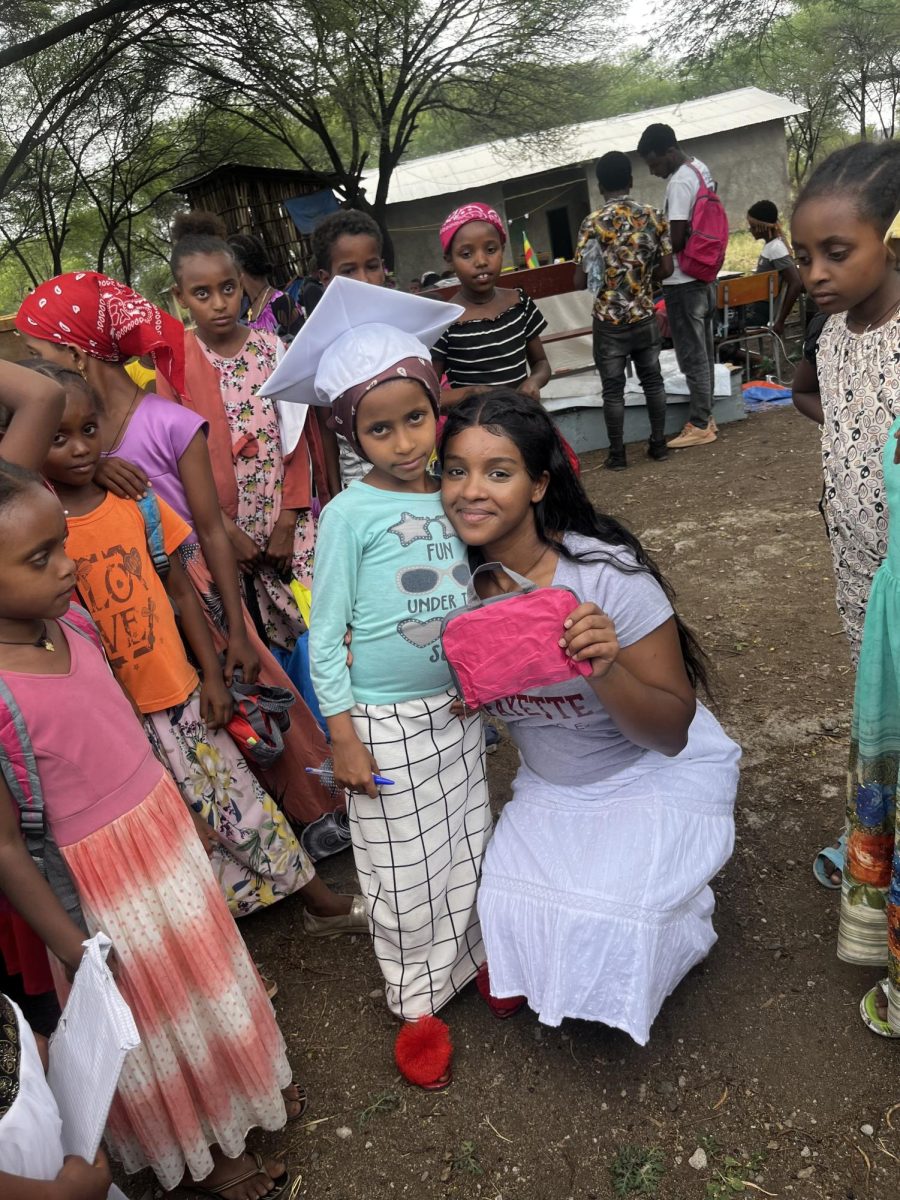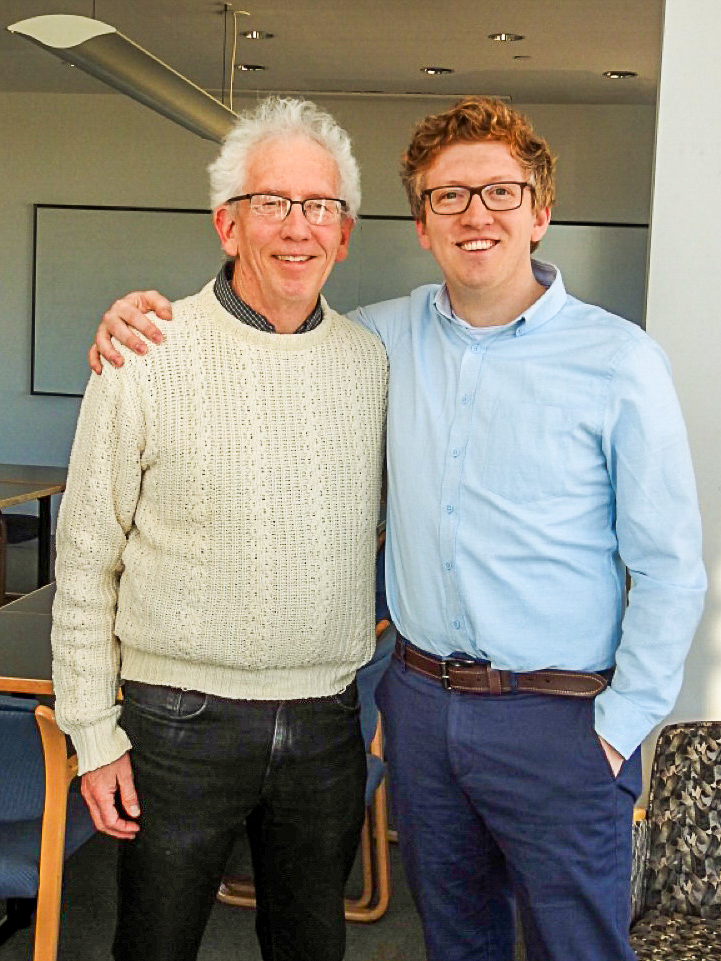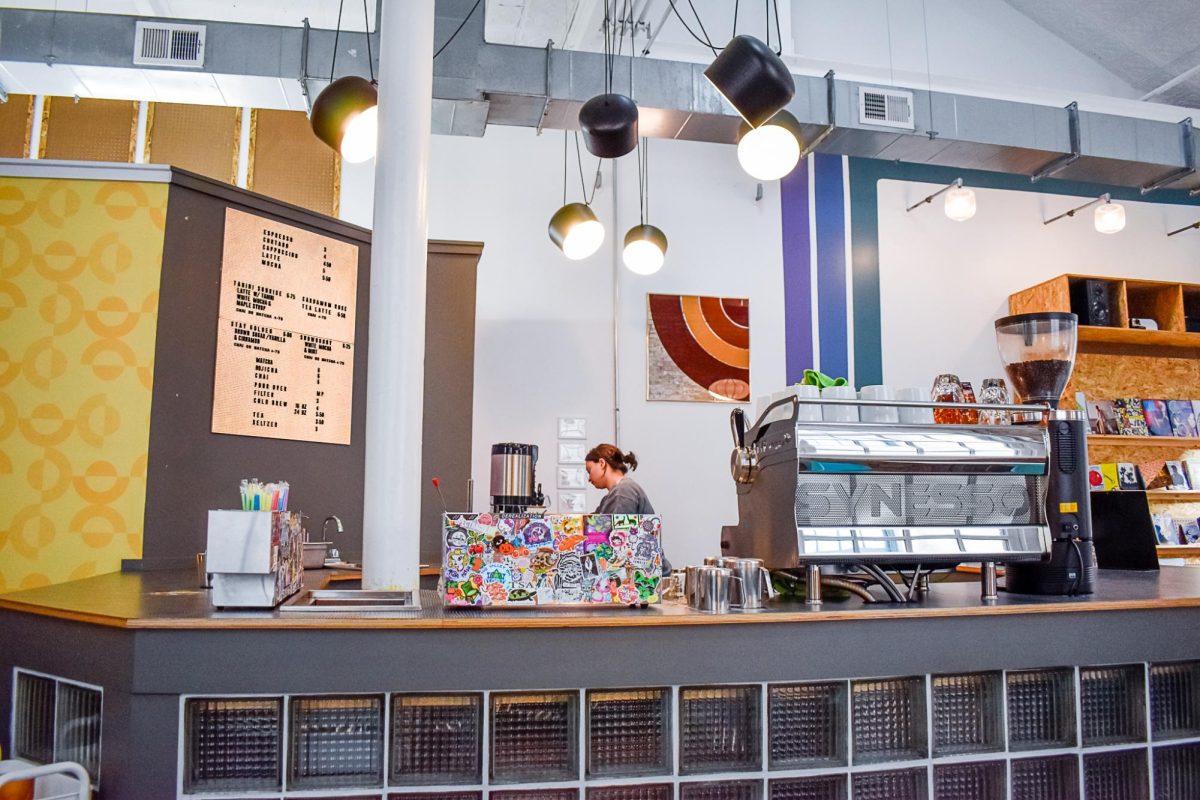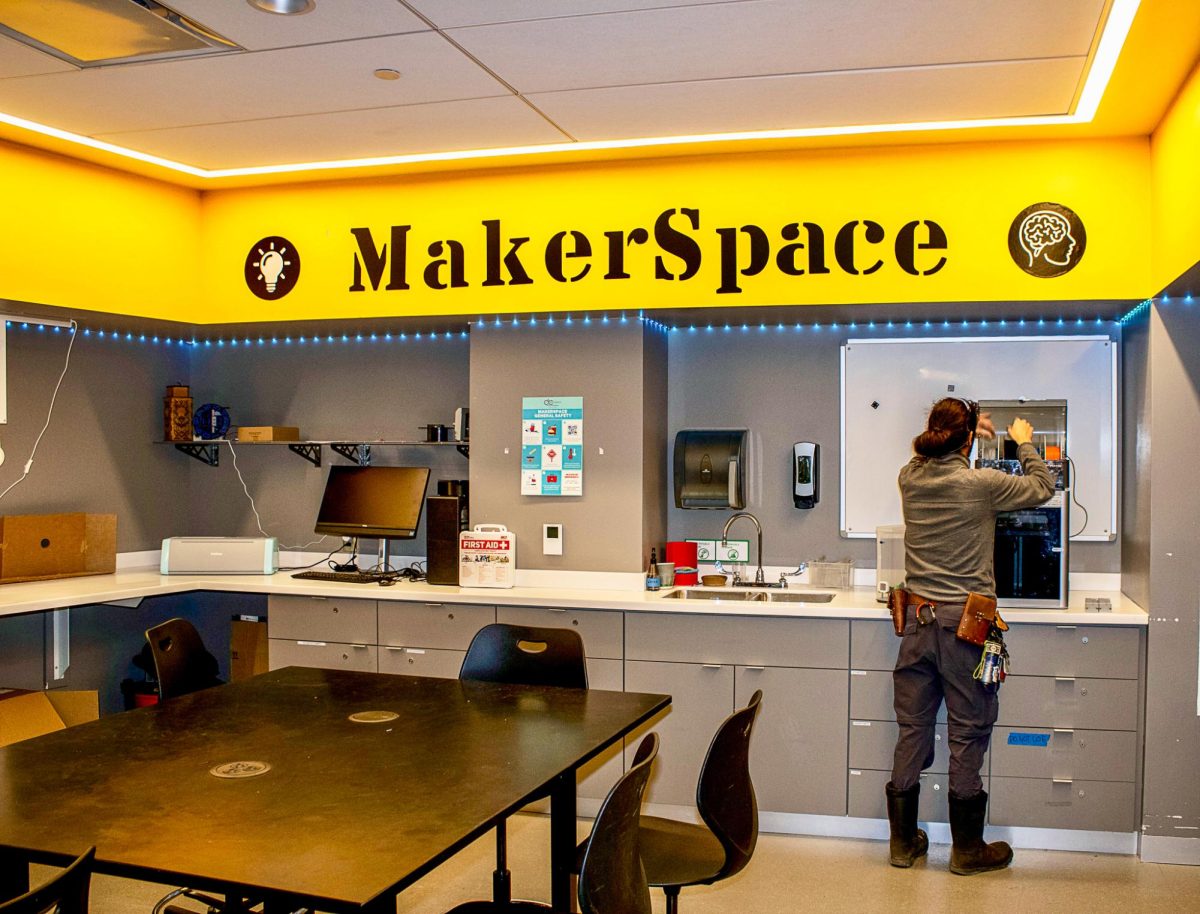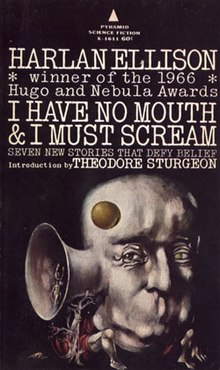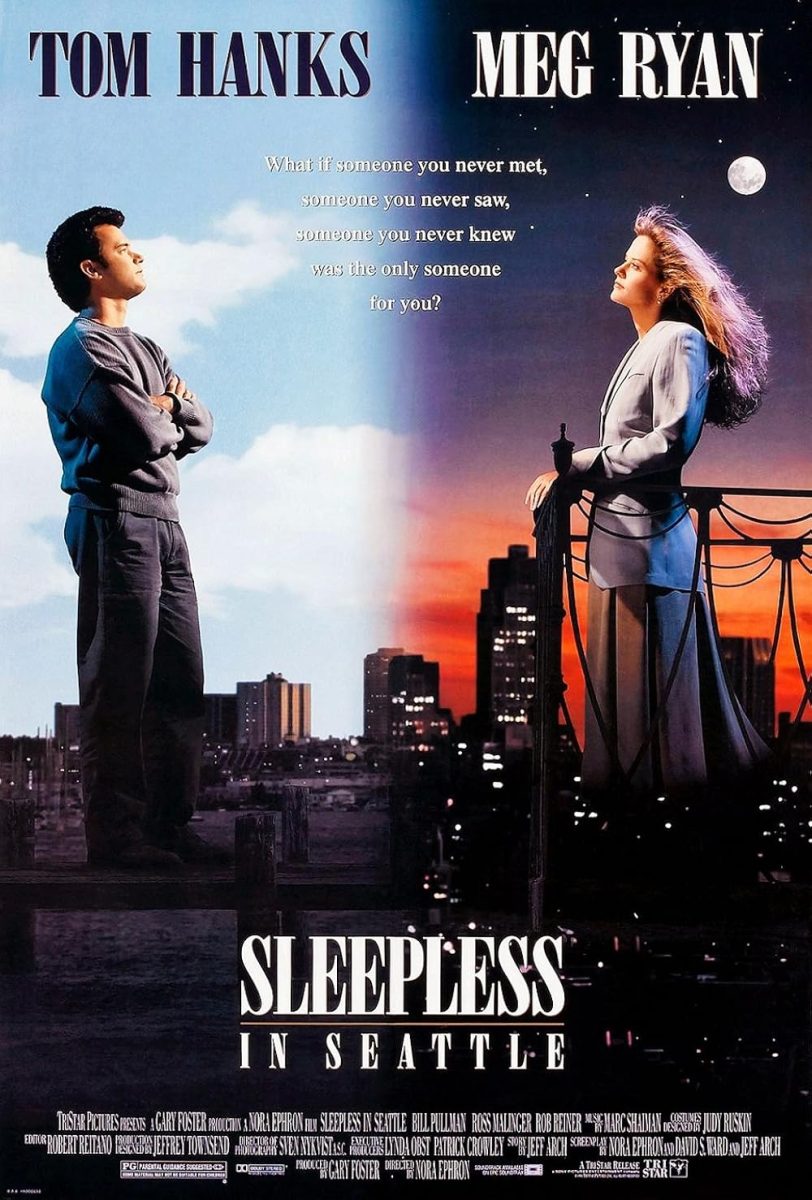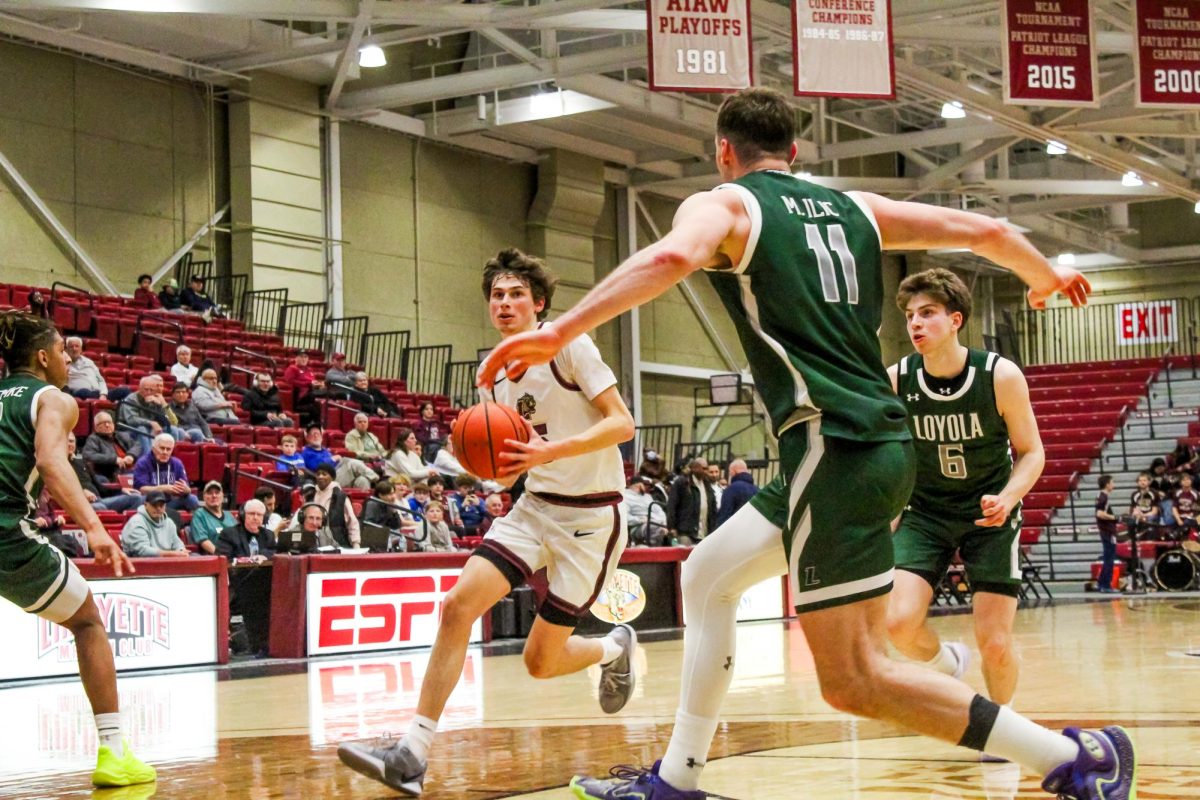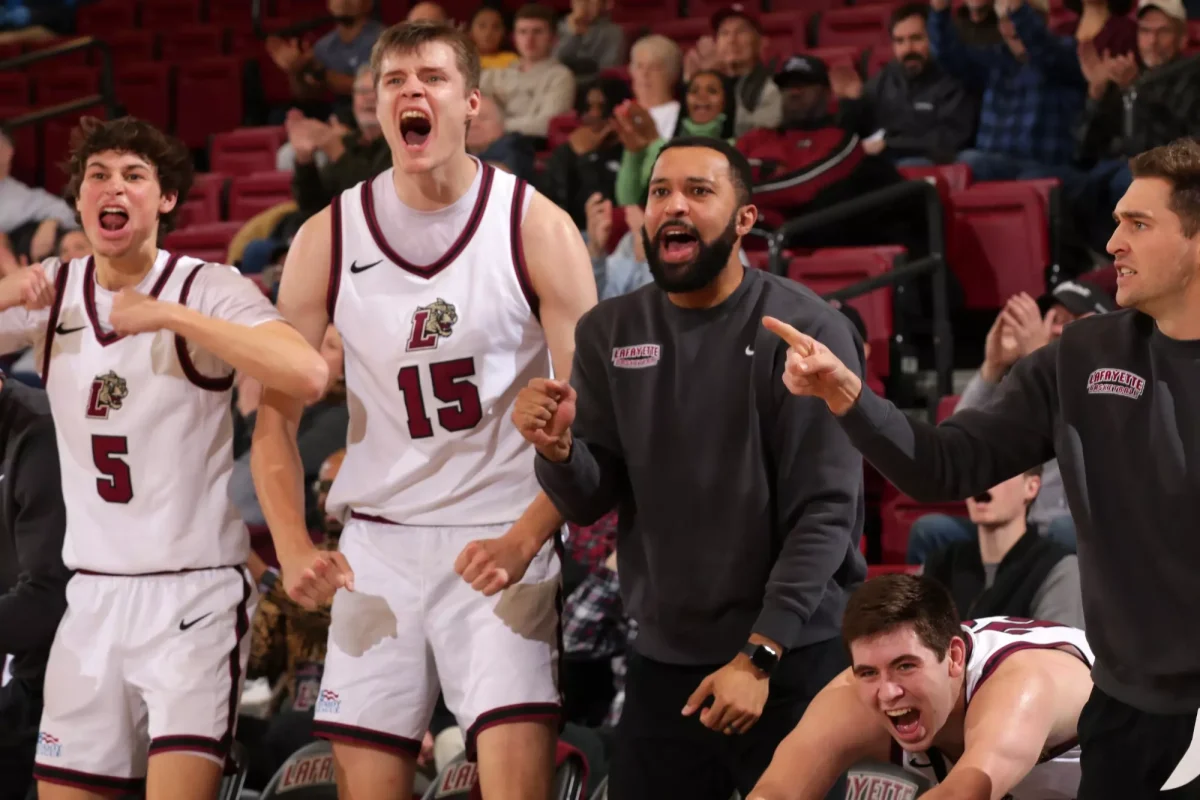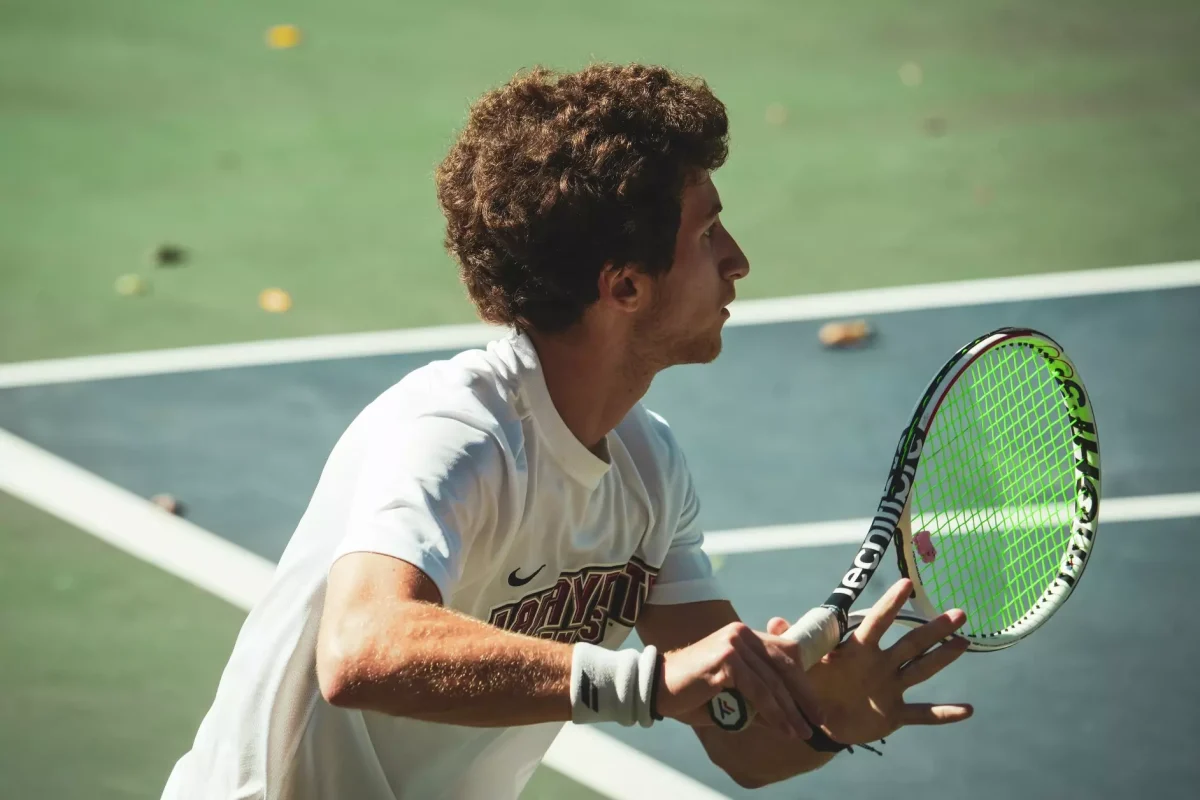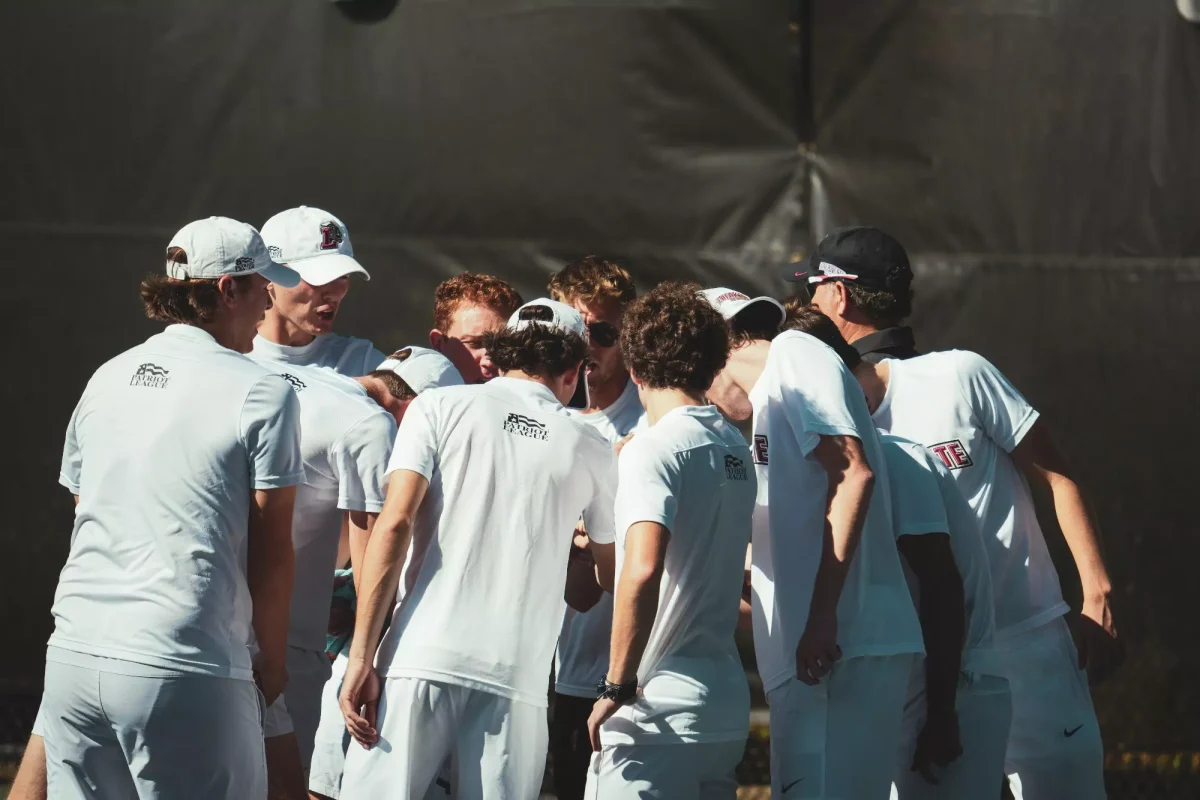Student Artist Spotlight: Kymble Clark ’22 on printmaking and self-portraiture as a means of communication and expression
April 23, 2021
Creating art is as significant and refreshing as taking a breath of fresh air, according to Kymble Clark ‘22, and it provides an outlet to explore self-identity and discover a relationship with gender that no other platform can supply.
“[Art] is such a beautiful language in a way, not only to express yourself, but to communicate to other people” Clark said.
Clark’s earliest memories of creativity and expression through art were in second grade, when they would copy pictures from their favorite cartoon show into a notebook. Clark said they started getting serious about art in high school where, through certain classes and at the encouragement of teachers, they were forced to contemplate what art can be made for.
And in college, Clark typically works on self-portraiture, further developing their own self-expression and gender identity.
Clark explained that professors at the college have helped them think about the art they’re making in a broader sense, specifically “why…we produce the things that we produce” and “what it is to be an artist and make your own work.”
“Any of my work that isn’t self-portraiture—anything like my own thoughts and opinions about what’s been going on in the world that we live in—celebrates certain marginalized identities that either I’m a part of or I feel like, needs to be uplifted,” explained Clark.
For Clark, having other people, especially Black, queer and trans people, be able to resonate with their art is the most important impact they want to have when creating pieces.
Clark said they gravitate toward visual arts because they are compelled by the visual, seeing it as the simplest and most expressive form of language.
“If [visual art] is how I’m captivated, then I’m going to use that as my mode of communication or expression,” Clark explained. “That’s something that has been used to illustrate my love like the show I watched in second grade…and that’s the one I want to use for the rest of my life.”
Printmaking is Clark’s specialty, and they have been working with this medium since high school. Specifically, Clark uses block printing, which they described as carving an image into a slab of material (either wood, rubber or linoleum) with ink, laying a piece of paper on top of it and then transferring that ink image onto the paper to reproduce an image, similar to a rubber stamp.
Some famous examples of woodblock printing are “The Great Wave off Kanagawa” by Hokusai and Andy Warhol’s “Marilyn Monroe.”
Clark said that the soothing and accomplished feeling of cutting through a piece of rubber or completing a piece of artwork is overpowering and is only truly understood by taking a class or experiencing it firsthand.
They then reflected on a piece they completed during their first year of college, which allowed them to tap into their psyche and open up their mind to different ways of experiencing life.
“Through making that piece, I was really able to understand and grasp a better sense of my own gender identity and my own identity as a Black person simply due to the way in which [printmaking] allowed me to just sit and be introspective,” Clark said. Art, for Clark, is entirely emotional and helps them insert frustration, joy and curiosity into the process.
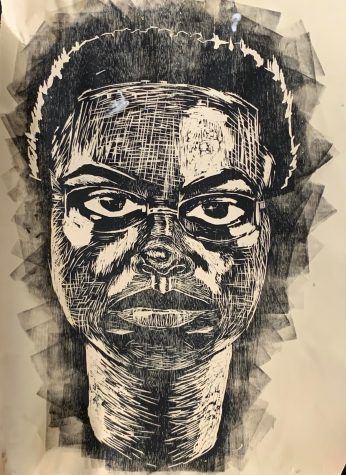
Clark is also editor-in-chief of the college’s intersectional feminist publication, Rise Zine.
“The magazine started right after the 2016 election, and it involved uplifting the marginalized voices of Lafayette and the community at large through the use of things like poetry, visual, art, or photography,” Clark explained.
Artists within the college community can use this platform to express whatever they desire, which can be “tied to their frustrations about the world or about being a marginalized identity and having to navigate that,” Clark said.
Through Rise Zine, which will return next semester, students can look at, share and resonate with the art of their peers, especially the art and artists that don’t always get a voice.
As their last year at the college approaches, Clark hopes to make art not just for themself, but also for the Black community at the college, through incorporating voices from that community or doing collaborative work with places such as the Association of Black Collegians (ABC). They also want to continue to make art that resonates with others.
And after college, Clark said they would like to be an art educator.
“Growing up, I never truly had a bridge that connected my community to the art scene,” Clark said, noting that a lot of their art skills were self-taught.
Now, Clark would like to provide the proper expansive knowledge and education to young artists that they did not get during their childhood.




